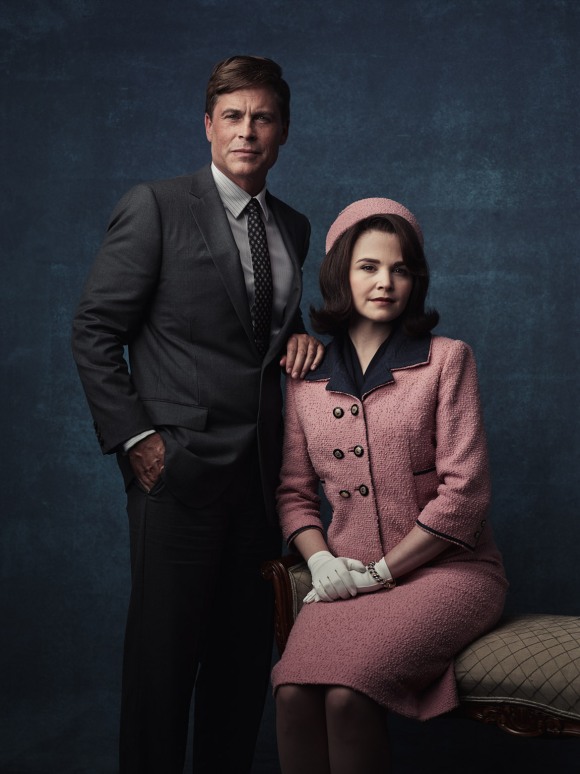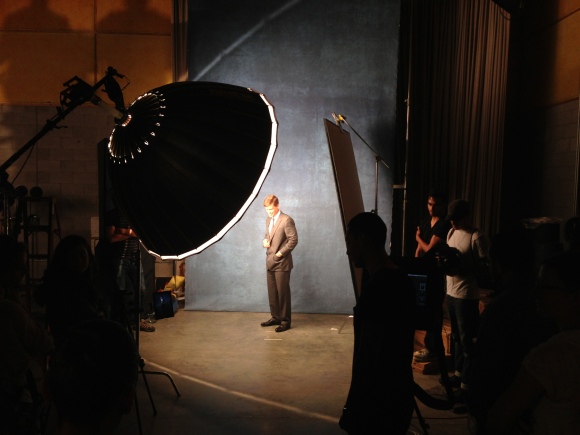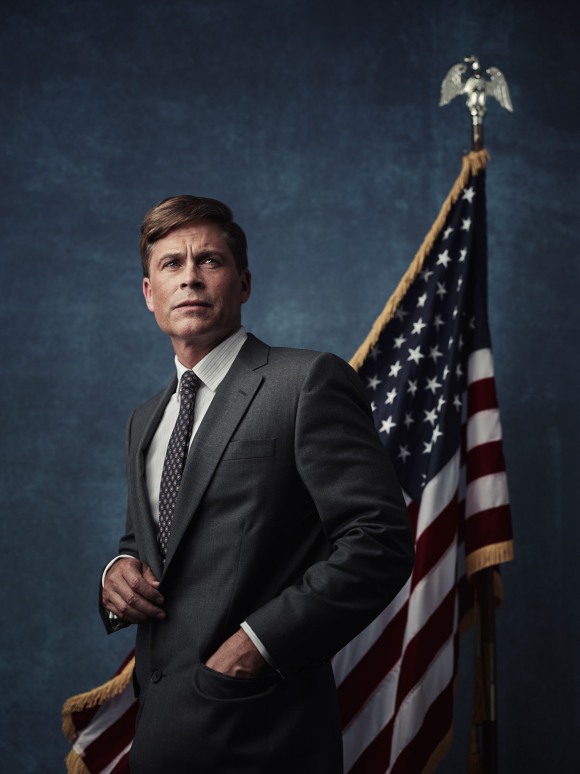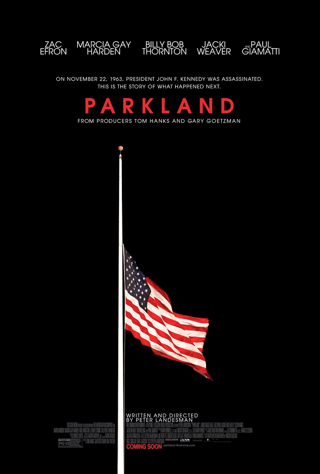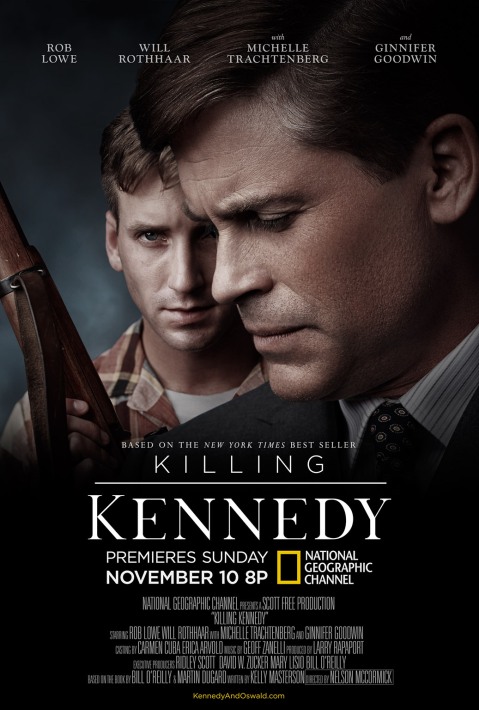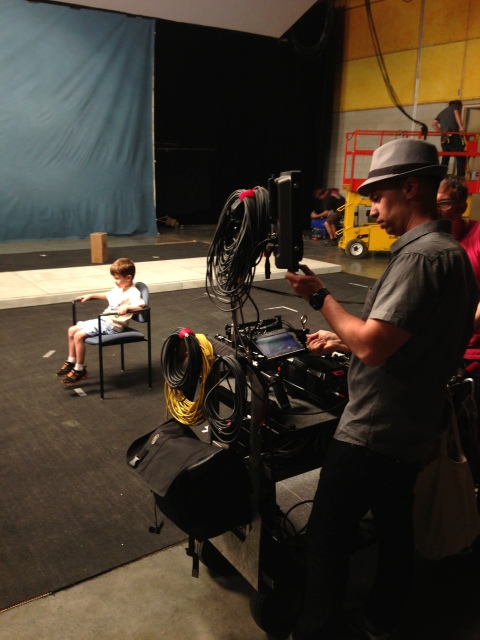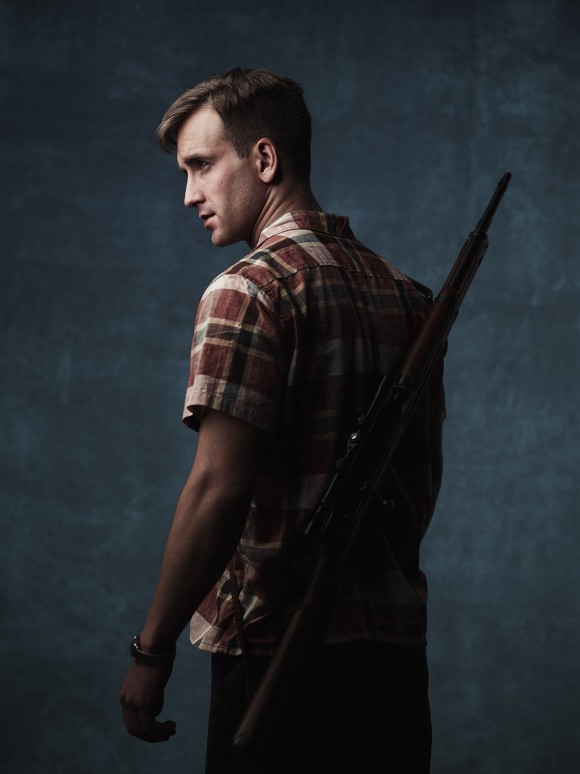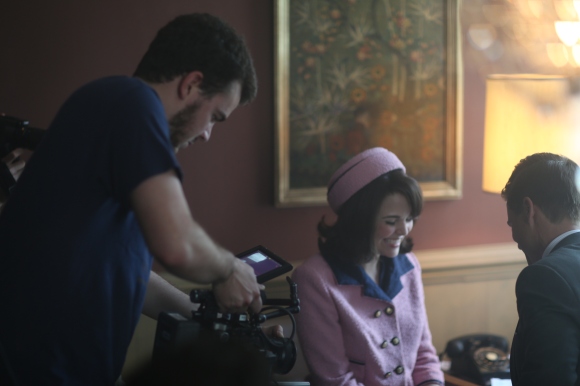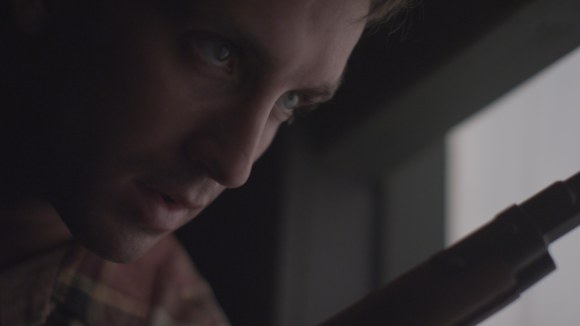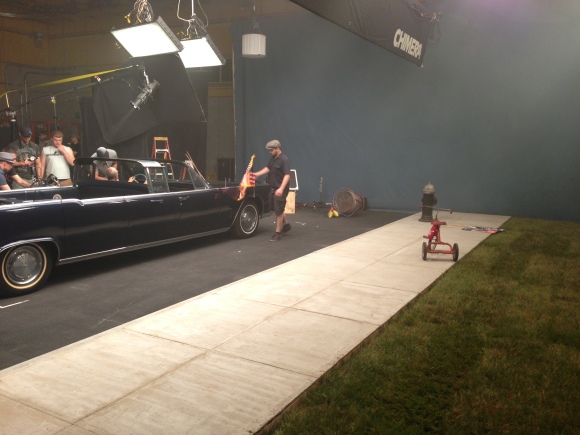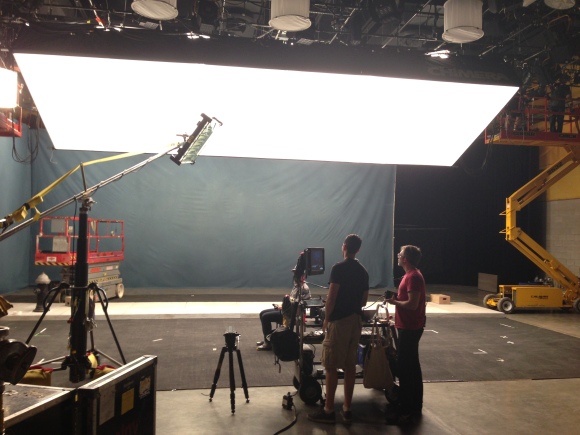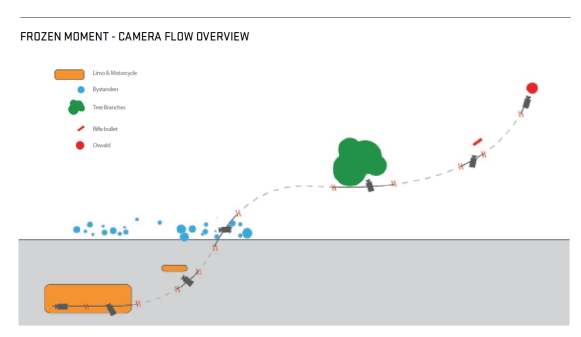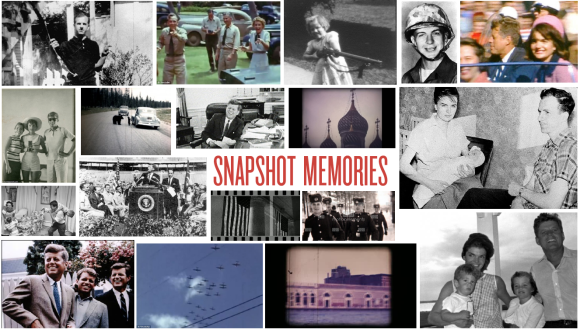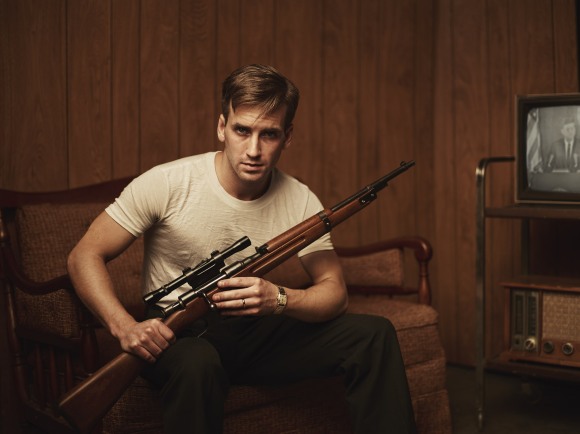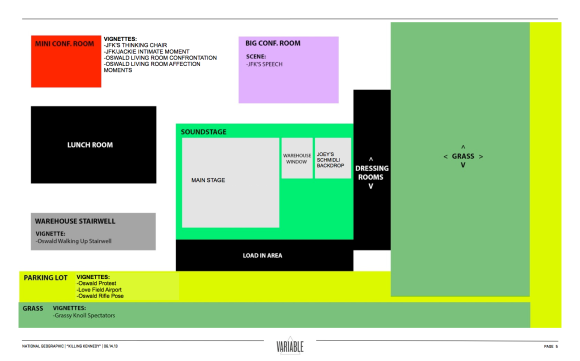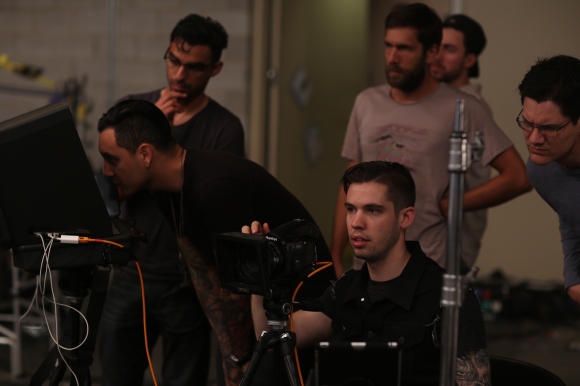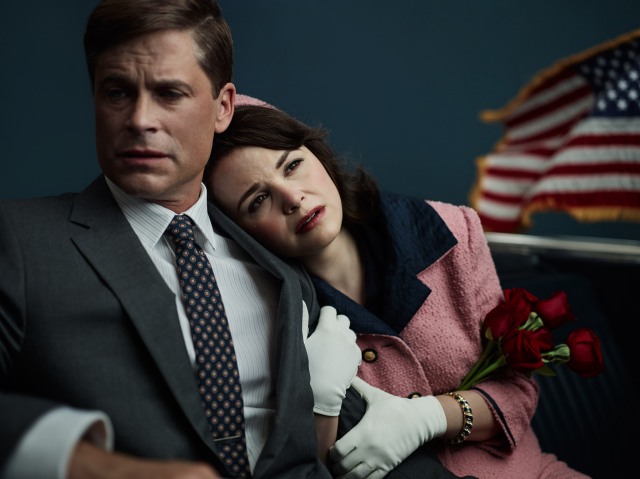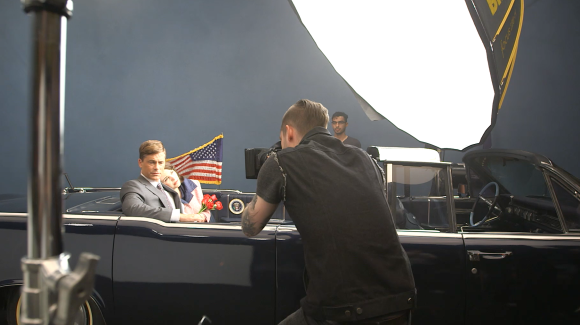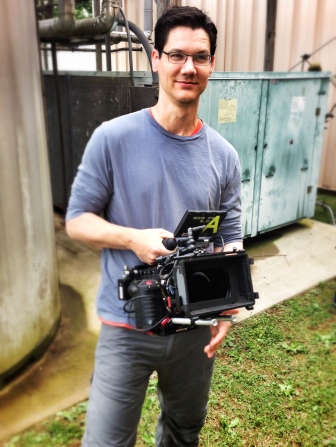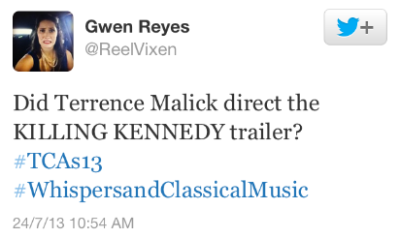In any Creative endeavor, one of the biggest goals we all have is to try new things, and not to repeat what has been done before. So, to that end this post will be a little different from previous ones. Over the past few months, from time to time I’ve gotten emails and tweets asking some questions about some of the projects and takeaways I’ve written about, so I thought it might be a good time to do a Q&A post. I asked followers on Twitter and the Client Blog Facebook page to submit questions and I’d pick some out for discussion on the blog. I should also give this caveat: these answers are my own personal opinion, and how we like to work at Nat Geo’s Creative Team. How we like to work isn’t necessarily industry “standard” – but it works for us, even though it may work totally differently somewhere else. So, in no particular order, here goes!
I think there are sort of two most common mistakes that production companies make when starting work with new clients. The first is not doing their homework. It’s really important for agencies to really understand their client, not only what drives their business, but also things like who their competition is. Fully understanding that can really set you up for success when working with a new client, because trust me – they’ll see it. Whether you demonstrate that understanding by knowing about Nat Geo content, or even something as simple as checking out previous promo work, it’s important to have a good understanding of what’s been done or aired before. It’s no different than any field, whether in TV or packaged goods: understand your client. They’ll appreciate it and it will save time along the way. The other mistake production companies can make is not really paying attention to parameters set out by the client. We had a situation once where we had given a company a budget for a project and asked for some concepts and ideas based on the assumption that any idea they pitched would fall within that budget. We loved the ideas, got approval from my clients at Nat Geo, greenlit the project, then got an estimate that was about 25% higher than the budget we’d given them – and when we pushed back, they sent revised concepts for that original budget that were not as strong. Of course there was the disappointment of not being able to execute the approved concept, but also I then had to go to MY clients (internal execs) and tell them that the idea they loved actually couldn’t happen. Not a good place to be, and we ended up having to start over with a different agency.
Note: Killing your underwater Phantom operator with a harpoon would also be considered a big mistake. Luckily, that didn’t happen here.
I assume you mean “do production companies ever ask me for feedback” – usually I like to do sort of a post-mortem on shoots that had challenges or things that could have gone better. I’ve done those sorts of calls sometimes when the entire project is wrapped up and we’re debriefing about the whole job…or, if I’ve hired them for another gig, but want them to know that one particular aspect could have gone better, so that they can improve on the next round. If the shoot goes perfectly, everyone pretty much knows it, and many hi-fives and such are exchanged. As I am a big believer in transparency DURING a shoot, if either I or the production company is having any issues, usually we’re discussing them as we go to course-correct along the way, which is exactly what I would recommend to both clients and pro-co’s alike. There should be no surprises, so by the time a shoot is over, everyone is up to speed on challenges and things that went well…or not.
Evolve sent us these frame grabs as a nice follow-up after the Wicked Tuna Season 3 shoot to show some of what we’d captured.
(This question came from photographer Mike Stog via Twitter)
One’s social media FOLLOWING plays zero role in landing a job. While it’s nice for your agency to help spread the word for a show or campaign, it’s certainly not a deciding factor whatsoever. But I always recommend to photographers and filmmakers that you have a social media PRESENCE. Be active, share your work, interact with those in the community and get your name out there. Those social media impressions do matter – and whenever I’m looking at a new collaborative partner, I will check out not only their website but also their social media accounts – because just like they hopefully do their homework, so am I. Seeing who they interact with, what content they’re sharing/posting, and their creative ‘footprint’ is important.
This question is sort of posed with the assumption that we’re often having multiple companies pitch us – which is actually quite rare. When we do have a pitch process, it is almost never the case that budget is a factor. The way it more often works is that we determine a budget for a project, and then give that budget to a production company. They then allocate resources based on that number. Even when we go to a company and we don’t tell them a budget, we still have a general idea of what we can spend – and if we don’t tell them a budget it’s because we don’t want to limit their thinking before coming back to us with ideas and concepts. In 99% of the projects, we just go to one company that we think will be a good fit for a project. Going through a pitch process can be expensive (paying fees to 4 companies can take from your project budget), time consuming (briefing, meeting, and selling ideas across the board for 4 takes 4 times as long), and ultimately I feel like for most projects it’s a loss-leader for the industry. If we pay a company, say $3,000 for ideas and a pitch, they will likely spend a few weeks boarding up ideas and preparing, and if they lose the bid, they lose money. It just doesn’t seem like a great practice for them or us in most cases. The exceptions are when we have a huge show and we want to get lots of ideas, or something more long-term like a network redesign or rebrand. And in all of those cases, the budget is determined in advance.
This is sort of a tricky one to answer – I think that experience is one thing…knowing when you see a shot that it’s well lit, the subject is captured in an arresting pose, and there is just an intangible quality to the image that makes you want to look at it longer are all things I look for. Having seen so many portfolios and sites for photographers over the years, you tend to see work by the great photographers that feels truly unique – something special. There are so many clues that will also help – their website, for example. Does it look professionally created? Updated often? Are there a wide variety of clients? The other truth of the matter for me, also, is that we are only doing still photography shoots a 10-12 times a year at the most. We generally do still photo shoots for only our very biggest priorities, and the priorities that will need billboards or print ads – and that have no existing production photography. Since there are fewer shoots we have needs for, that means there might be a little more money available for that project, and that enables us to work with photographers like Michael Muller, Joey L., and Miller Mobley. Guys who are at or near the top of their field, and their work is clearly exemplary.
My years of experience tell me that this photo is ridiculous.
I think the two sort of go hand-in-hand, actually. Working with a company that has really good technical capabilities can mean that their general quality of work is better. I would say that the first thing we look at when looking at production companies is their work – is it well shot, lit and executed are near the top of the list of priorities. Then we’ll talk to them and see if their company is a good fit from a collaborative/attitude perspective – does it seem like we’d vibe well? And we tend to find that the companies that are very good at delivering quality are good because they understand their gear, new technology, and industry trends. On the Wicked Tuna campaign, there was some gear on that set that Evolve had not worked extensively with before (Techno Dolly for instance) but their passion for cinematography and cutting edge tools, plus hiring great partners to work with, led to us getting some incredible visuals. It’s also worth mentioning, as I did in that Wicked Tuna post, that working with those who understand that the technical toys and tools are just a vehicle – the idea is everything, and even the coolest toys in the world can’t overcome a weak idea.
Insane tools and toys.
As I mentioned earlier, we do set the number (generally) for projects, because we generally know about what the cost of doing business is, and what the dollar can get for us. I definitely don’t see it as a weakness to say that they can make it work in my budget – it’s sort of my expected response, actually. I think where it gets dangerous is when they say they can make it work in our budget, but they internally agree that the only way that they can make it work is if they cut corners or put their “B” team on a job. I’d rather them say “you know, we just can’t make it work for this number, I’m sorry” than saying they can do it, but then not delivering on our creative expectations. Be transparent, let us know why it might not work for the number we have, and then we can decide from there if we need to change the number, or just walk away.
Props to Samuel, thanks for so many questions! There is no real format for creative treatments that is preferred. In some ways, I look at those first treatments from a production company as their first opportunity to show me what their style is, and how they’re approaching the project. We get a lot of varieties of treatments, and generally they use imagery and inspirational textures and themes. Here are some examples:
Treatment from Evolve for “Wicked Tuna” Season 3.
Style frame treatments for “Killing Kennedy” from Mill+ and Variable.
Treatment for illustration concept from Sam Spratt for “Killing Kennedy.”
And just recently, THIS presentation was put online from the makers of the opening title sequence of “True Detective” on HBO. It’s always cool to see how agencies are pitching other clients, and this comprehensive deck really walks you through their concept and thinking behind every frame of that incredible open. Worth a read for sure.

Frames from “True Detective” title sequence pitch doc by Elastic and Antibody.
I would give them this advice: read THIS blog post!
I learned a long time ago to have thick skin. What we do in TV marketing is certainly creative and subjective, and in any creative/artistic endeavor, we’ve all invested a little bit of ourselves into the work, so it’s natural to feel sensitive. However, this is still a commercial business – we want people to watch our shows, and there are lots of dollars, time and resources on the line to help make that happen. Of course, I want my clients to love everything I do – but if they don’t, that’s ok – I’d rather they tell me before it airs than blame the spot later with the old “I never liked that promo anyway.” Ultimately, I’m the luckiest guy in the world – I get paid to do something that I love, and every day is pretty darn fun. I can’t really complain if someone doesn’t like a spot – I may disagree with them but I’m not going to spend time sulking about it, that doesn’t really accomplish anything! So I’ve learned to just listen, hear the issues, and figure out what we can do to change it and preserve the original intention of those creative choices. And I also understand one truism: that client hates giving negative feedback more than you hate hearing it. Nobody likes to criticize someone else’s work, so if they are criticizing it, it’s because they really feel strongly, and if they feel strongly, I want to listen and change it and put any ego or hurt feelings on the back burner. I also try to remember the way getting that sort of feedback feels when I’m giving feedback to an internal staff member, an external partner or production company. Ultimately, whether giving or receiving feedback, it’s all with the common goal of making the work better, and I can’t complain with that. It’s also important that you listen carefully and understand the concerns – you might be able to find a fix that satisfies the concern and still retains your core idea and creative.
Rob-Lowe-as-JFK says: “Don’t be so sensitive about your creative! It’s not worth crying about your client’s seemingly inane feedback!” (Photo by Joey L.)
As with many questions, one easy answer is “it depends.” For our smaller priorities on the channel – shows that might only get a day of promotion or a week, the process is a little looser. After all, we’re promoting 5-8 shows at any one time on our own air, but only a dozen or so are given heavy promotion through a larger media buy in a given year. For those smaller shows, we will have internal discussions with the programming team and our internal group and come up with concepts and ideas, and we’re all of course screening the shows and checking in with key stakeholders along the way. But for our bigger priorities, we work very closely with our internal Consumer Strategy team on briefs, and talk through them across programming, research and strategy. We all agree on a singular selling proposition – what’s the reason someone will watch this show? And that serves a very important function creatively…it essentially defines the walls of the sandbox we can play in. Without parameters, the creative process can be way too open, and the possibilities too large. But defining what message we want to convey in the creative helps narrow the field, in a very good way. Someone once said this to me about the benefit of briefs, which I still believe in: “A great brief gives you the freedom of a tightly defined focus.” Then as we develop ideas and scripts and boards, we’re always remembering that singular idea and ensuring we don’t stray from it, even when reviewing final cuts and spots.
John Wilkes Booth says: “Follow that brief, good sir, or you shall suffer the consequences!” Photo by Joey L.
What Scott is talking about here is the pre-production process, and also reaching out to clients before there is an actual job that you are partnering up on. To answer the proposal part of the question, for us, we do get proposals, but usually in the form of emails from Business Development folks, or a company’s Rep. We also get DVD’s from time to time, or jump drives with the Agency’s work on them. Generally, I would not recommend those sorts of tactics to get a client’s attention. The jump drives usually get erased and then end up being used for other purposes (just trying to be honest here, people) and nobody really looks at the work on them in many cases. DVD’s get thrown right into the trash, and cold calls are usually answered by voice mail. There are a million clients out there, and two million agencies vying for their attention. You simply have to be more creative in how you get on the radar, as well as doing great work. It’s not easy and I don’t envy those that have to hunt down clients for work. But don’t let that discourage you – there are ways to get that client’s attention. In terms of pre-production, the previous answer about treatments might be what you’re looking for. There are no set and locked-in ways of doing anything, at least not for us. Proposals, bids, treatments all look different for each agency, and that’s how I like it. Those proposals and treatments are reflections of the agency, and shows me how much work they’ve done in advance, how plugged in they are to photography and filmmaking references, and how passionate they are about the project. I can generally tell based on those treatments and pre-production documents if the project is going to go well, or not. I would also recommend reading the post just before this one, The Art of Pre-Production which covered our huge project on “Wicked Tuna” Season 3 – a case study in the beauty of an effective pre-production process.
Treatment for “Are You Tougher Than A Boy Scout” by Variable. Note: George Clooney and Harry Potter did not make it into the final promo.
CONCLUSION.
There were several other questions that came through, but they tended to overlap with those covered already – budget, production process, etc. I hope this was helpful, and please let me know if it was, or if you have other questions. I’d love to cover in future blog posts questions from a broader POV – creativity, inspiration, or even why I love lemonade so much. The answers might surprise you. Look for another new Client Blog post coming soon, and thank you for reading and supporting the blog!
On-set, desperately wishing I had a glass of Crystal Light lemonade.






























































































































